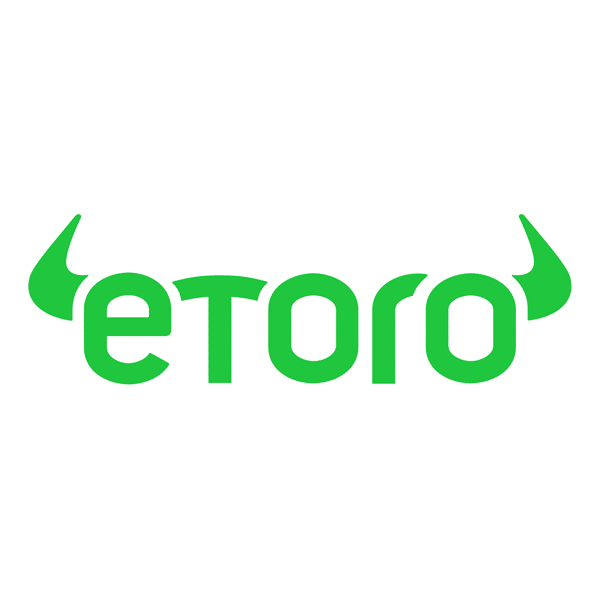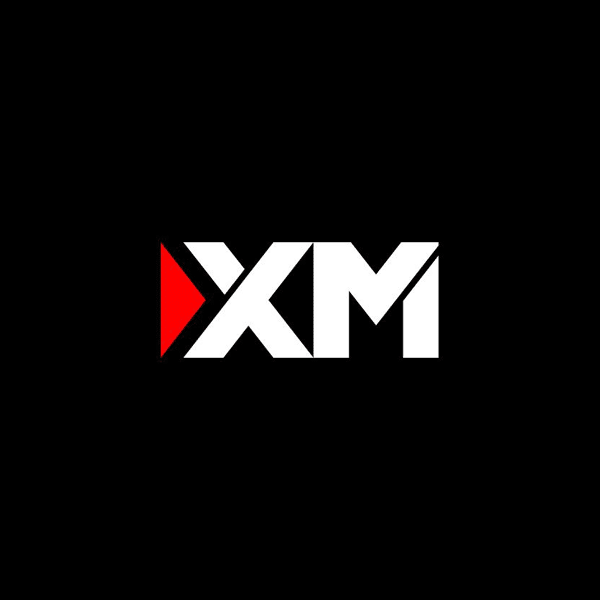Price
Overview
The Korea Composite Stock Price Index (KOSPI) is the benchmark stock market index that tracks the performance of all common stocks traded on the Korea Exchange (KRX). It is widely used as a barometer for South Korea’s economy and equity market, showcasing the health of major sectors such as technology, manufacturing, finance, and consumer goods.
Introduced in 1983 with a base value of 100, the KOSPI has grown to become one of Asia’s most influential stock indices. It includes industry giants such as Samsung Electronics, SK Hynix, Hyundai Motor, and LG Chem, many of which are global leaders in their respective fields. Due to South Korea's export-driven economy, the KOSPI often reflects global demand trends, making it an important index for international investors looking to tap into the Asian growth narrative.
The KOSPI’s price movement is also influenced by domestic economic policies, interest rates, corporate earnings, and international trade relations—particularly with the U.S., China, and Japan. As one of the most actively traded indices in the Asia-Pacific region, it offers excellent liquidity and is accessible to traders through various instruments including ETFs, futures, and index-tracking funds.
Find out which broker is best for trading KOSPI.
Price Chart
Technical Details
Why Trade Korea Composite Stock Price Index?
Exposure to Asian Tech Powerhouses
Includes globally competitive firms in semiconductors, electronics, and automobiles.
High Liquidity
Attracts large volumes from domestic and international investors, enabling tight spreads and smooth execution.
Economic Indicator for East Asia
Provides key insights into regional economic trends, consumer behavior, and export strength.
Multiple Trading Instruments
Access via ETFs, futures, and other derivatives broadens opportunities for traders and investors alike.
Growth Potential in Emerging Markets
Offers a pathway to benefit from South Korea’s innovation, infrastructure, and economic development.
Pros & Cons
Advantages
- Represents South Korea’s leading blue-chip companies
- Strong exposure to global tech and manufacturing sectors
- High liquidity and active institutional participation
- Benchmark indicator of South Korea's economic performance
- Tradable via futures, ETFs, and derivatives
Disadvantages
- Heavily weighted toward a few conglomerates (e.g., Samsung)
- Volatility tied to global trade and geopolitical tension
- Currency risks due to KRW/USD fluctuations
- Less diversified across small and mid-cap sectors
- Susceptible to economic policy and export demand shocks








